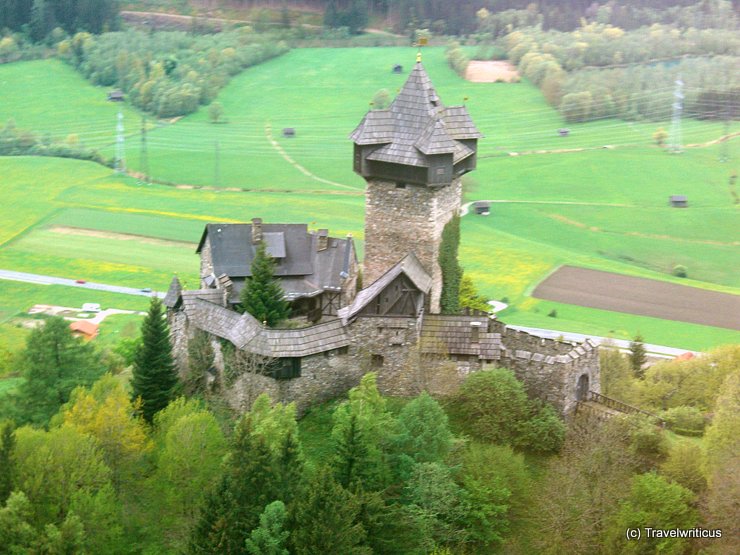
Niederfalkenstein Castle (Burg Niederfalkenstein) stands high over the municipality Obervellach in the Austrian state of Carinthia. This photo was taken from a train while passing the railway bridge Falkensteinbrücke.
You only see what you know (Goethe)

Niederfalkenstein Castle (Burg Niederfalkenstein) stands high over the municipality Obervellach in the Austrian state of Carinthia. This photo was taken from a train while passing the railway bridge Falkensteinbrücke.
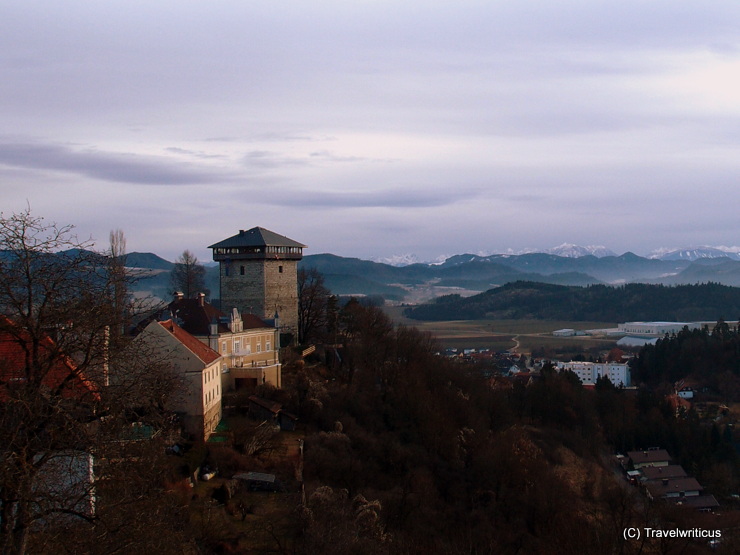
Althofen is considered one of the oldest still inhabited mountain settlements in Austria. Besides that, there are still remains from the former town fortification. For example, the Annenturm. This tower saw its completion in 1307.
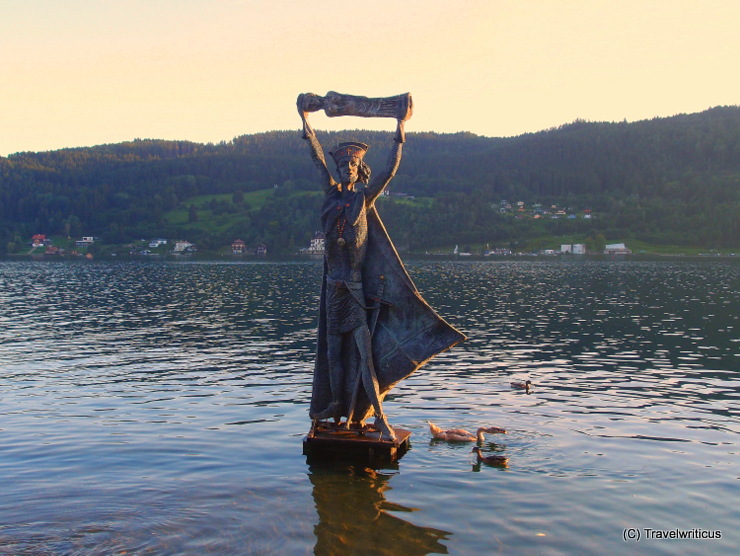
While walking around Lake Millstatt in the Austrian state of Carinthia, this sculpture of a vigorous man caught my attention. It represented Prince Domitian of Carantania, who became famous for throwing 1,000 pagan statues into the lake.
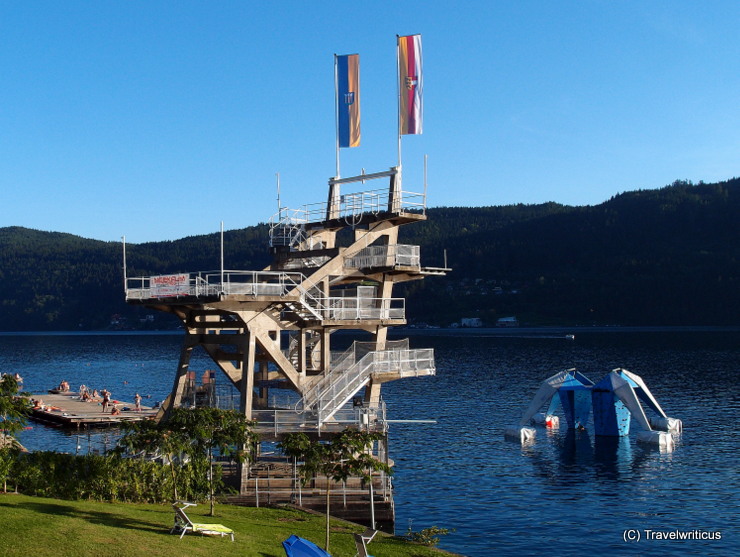
Sometimes, you go to the swimming bath to see a local landmark. So it is in Millstatt, a city in the Austrian state of Carinthia. This listed diving tower saw its construction in 1930 according to the plans of Christof Benedikt.
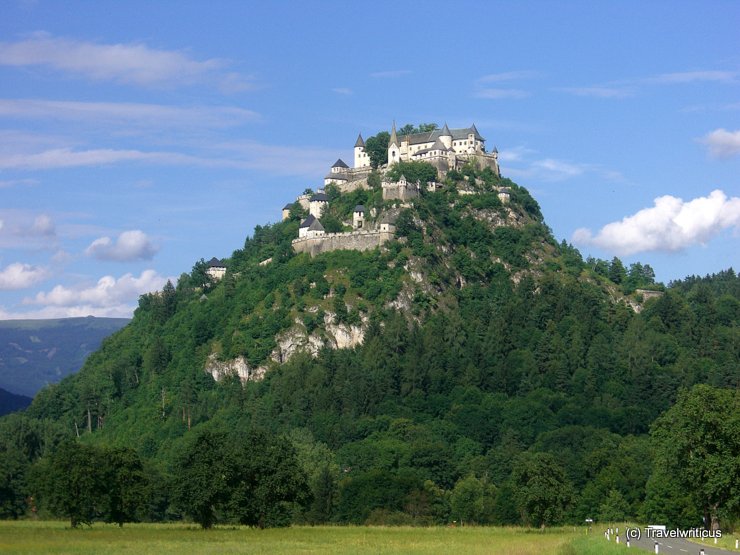
Hochosterwitz Castle (Burg Hochosterwitz) stands on a 170-metre-high Dolomite rock near St. Georgen am Längsee. Wannabe conquerers had to pass 14 fortified gates to get to the top.
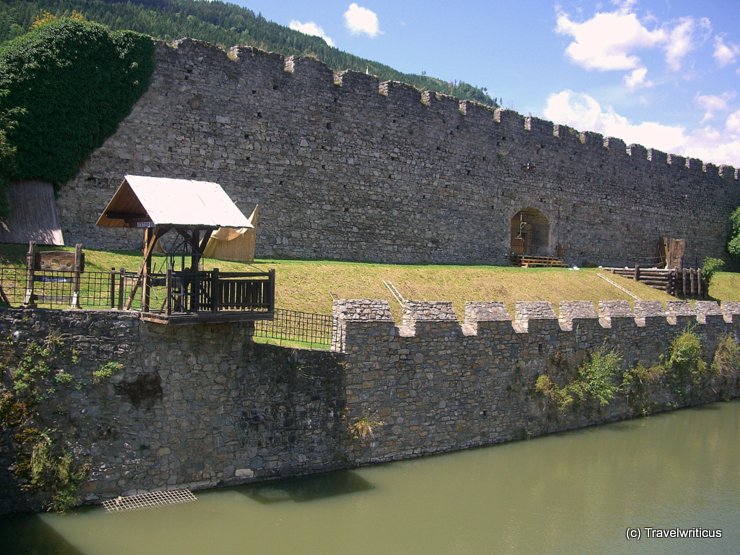
There are many cities with preserved town walls. Modern cities surrounded by an equally well-preserved moat are rarer. A fine example of such a combination forms the city wall and moat of Friesach, a place in the Austrian state of Carinthia. [German]
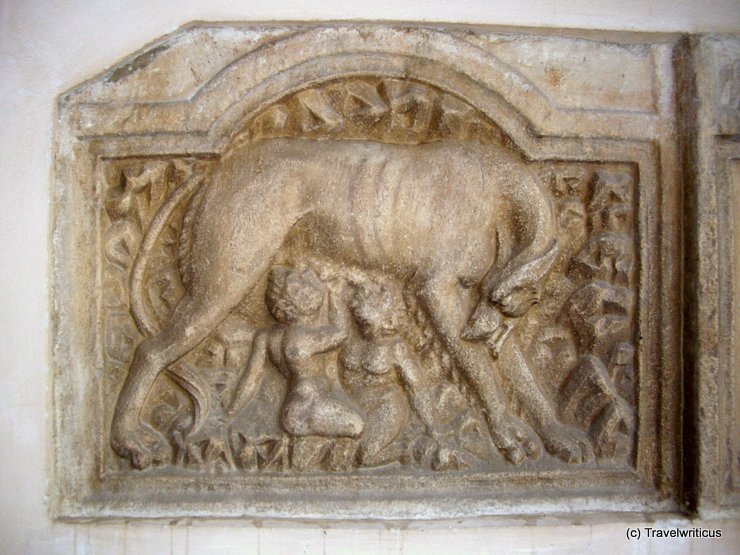
I only wanted to photograph the Roman stone with the “mail coach” in Maria Saal. But then I came across this intriguing relief stone in the entrance area of the Maria Saal Cathedral. It represented the Capitoline Wolf with Romulus and Remus.
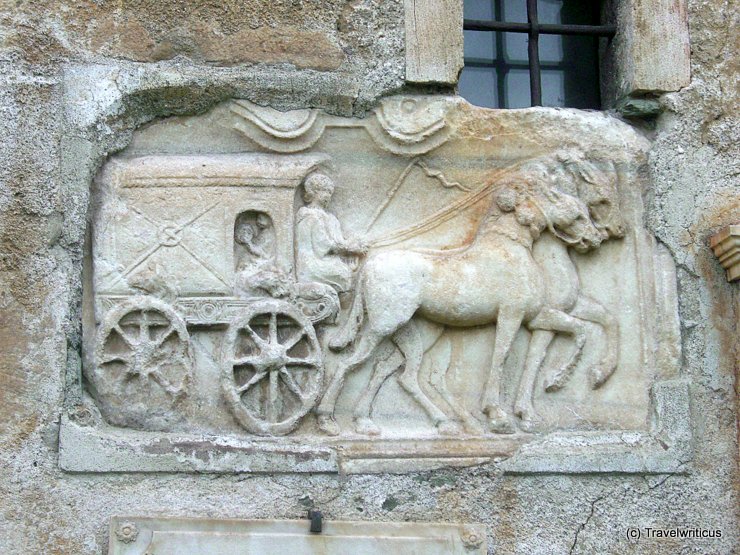
This piece is one of the most famous ancient Roman tombstones in Austria. It is the depiction of a coach. You find it in the wall of the Marienkirche, a church in Maria Saal. Though it doesn’t show a mail coach, it is sometimes called so.
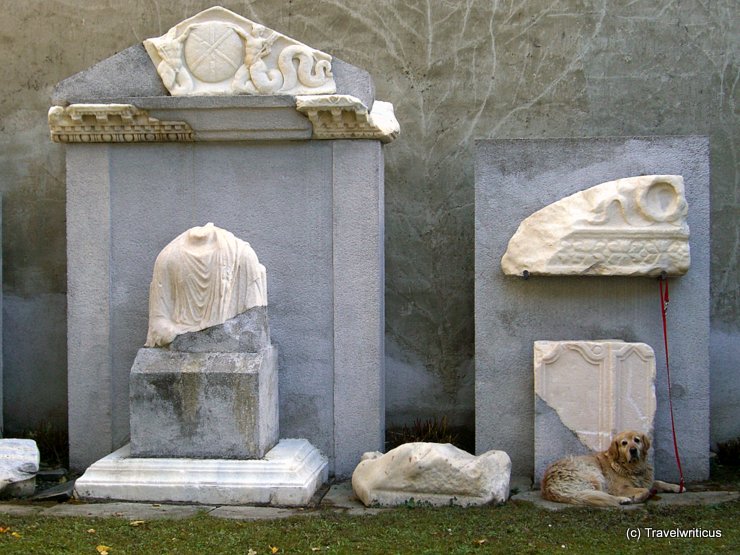
While walking along the lapidarium of the City Museum in Villach (Stadtmuseum Villach), I came across this dog who obviously loved to be among all these ancient pieces. Many of them reminds us of the Roman settlement Santicum.
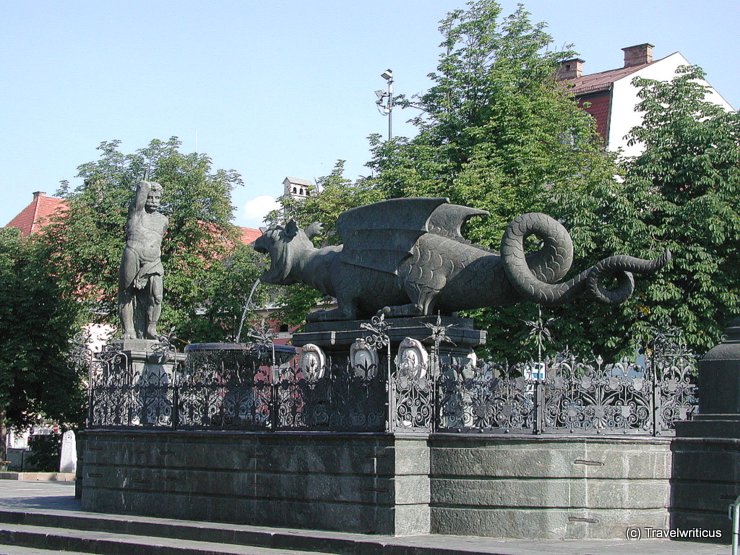
The lindworm fountain (Lindwurmbrunnen) is the landmark of Klagenfurt am Wörthersee. In addition, the lindworm is also part of the local city arms. The sculpture dates back to the 16th century and refers to the foundation legend of the city. [German]
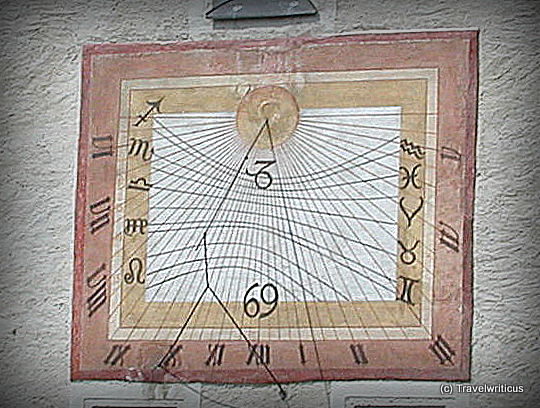
Sundial fans find this piece on an outer wall of St Mary’s Church in Maria Saal. The church is also known as Propstei- und Wallfahrtskirche Mariae Himmelfahrt or Maria Saaler Dom. [German]
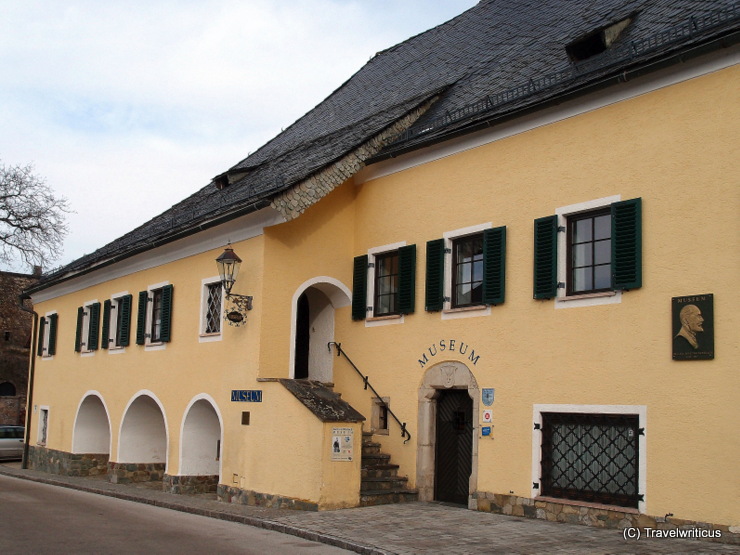
The museum tells about the life and achievements of Carl Auer von Welsbach, who formed the Treibacher Chemische Werke GesmbH near this place. He is well known for the development of the metal filament light bulb and the gas mantle. He also discovered several rare earth elements.